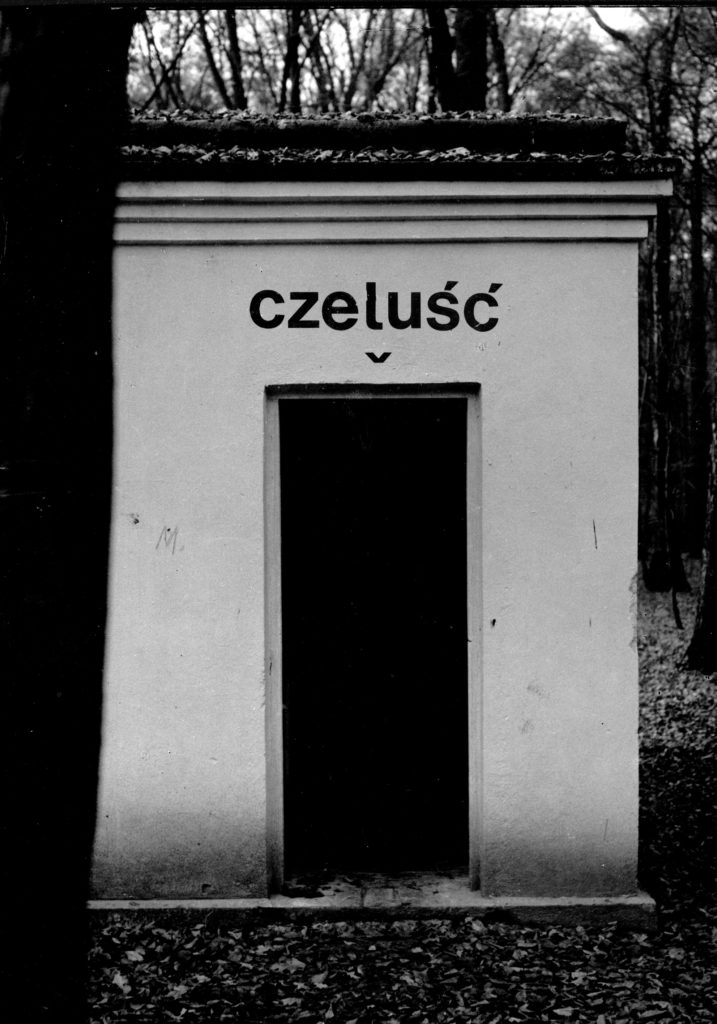When we preserve various views of the world around us in photographs, we generally do so in the conviction that we have ‘caught’ the way it looks.
The result of this operation is a very human satisfaction at having preserved for all time a multitude of situations in our existence, important and trivial alike.
This conviction is also strengthened in us by Maya Deren; to her, photography is a form of reality itself, since, in a photograph, an object creates its own image by radiating its light onto photosensitive material. Human participation is excluded from this process. Hence the authority of photography’s reality. ‘Reality’; this is the magical power of the photographic image. Yet, when we examine this question more closely, it turns out that what we are dealing with is a sui generis mystification which is brought about by our comfort and sense of security, since this magical power of photography is a matter of convention… it is only a semblance of reality itself. It transpires that, in its very nature, the photographic image is wanting, it contains gaps, in other words, Abysses that we fail to notice when perceiving the scenes which have been photographed. In the face of a photograph, it is as if we dissemble, pretending that it is more perfect than we are… it is both laughable and touching that we have allowed ourselves to be caught in a trap of our own contriving.
Józef Robakowski, 1978

